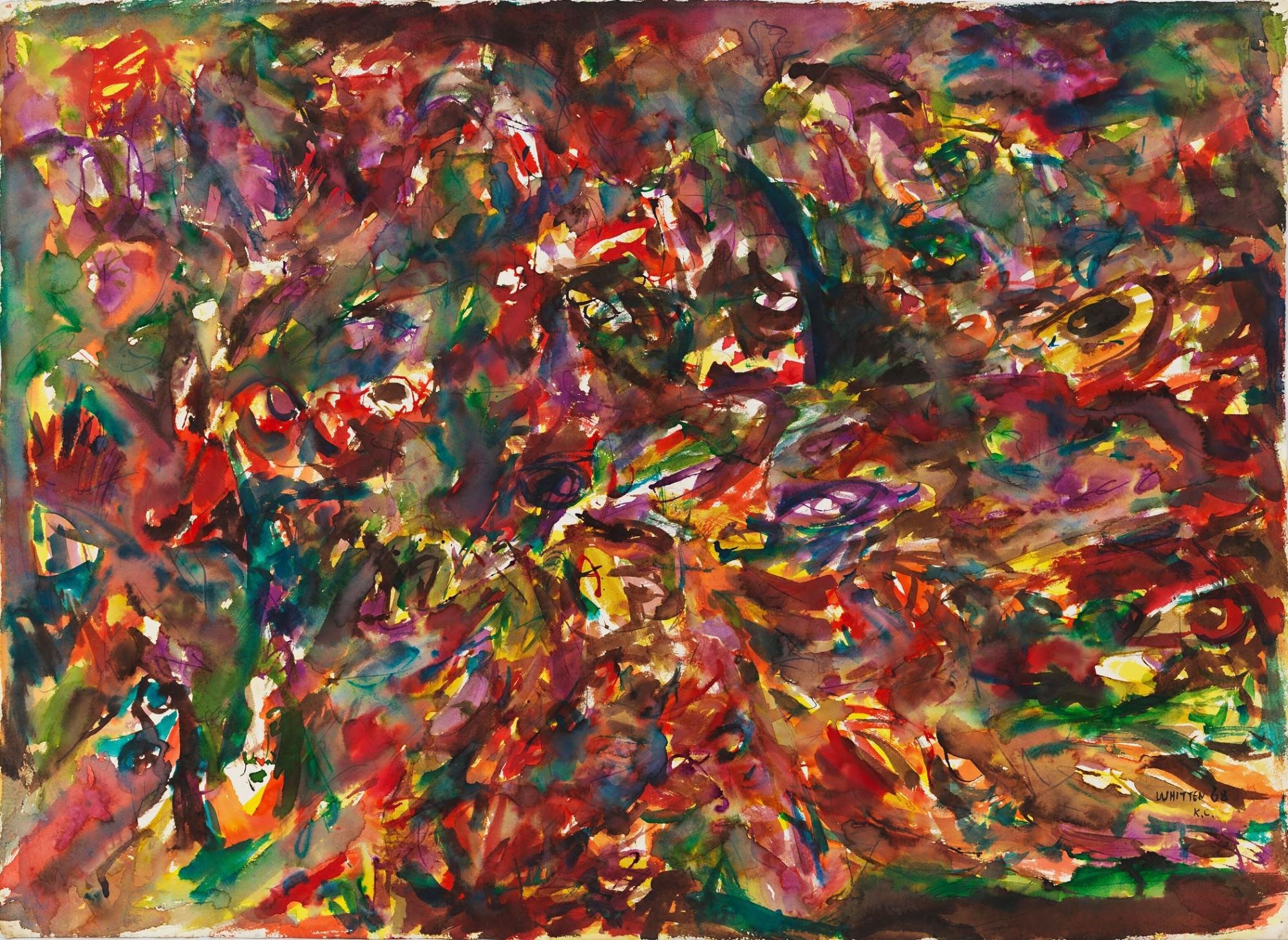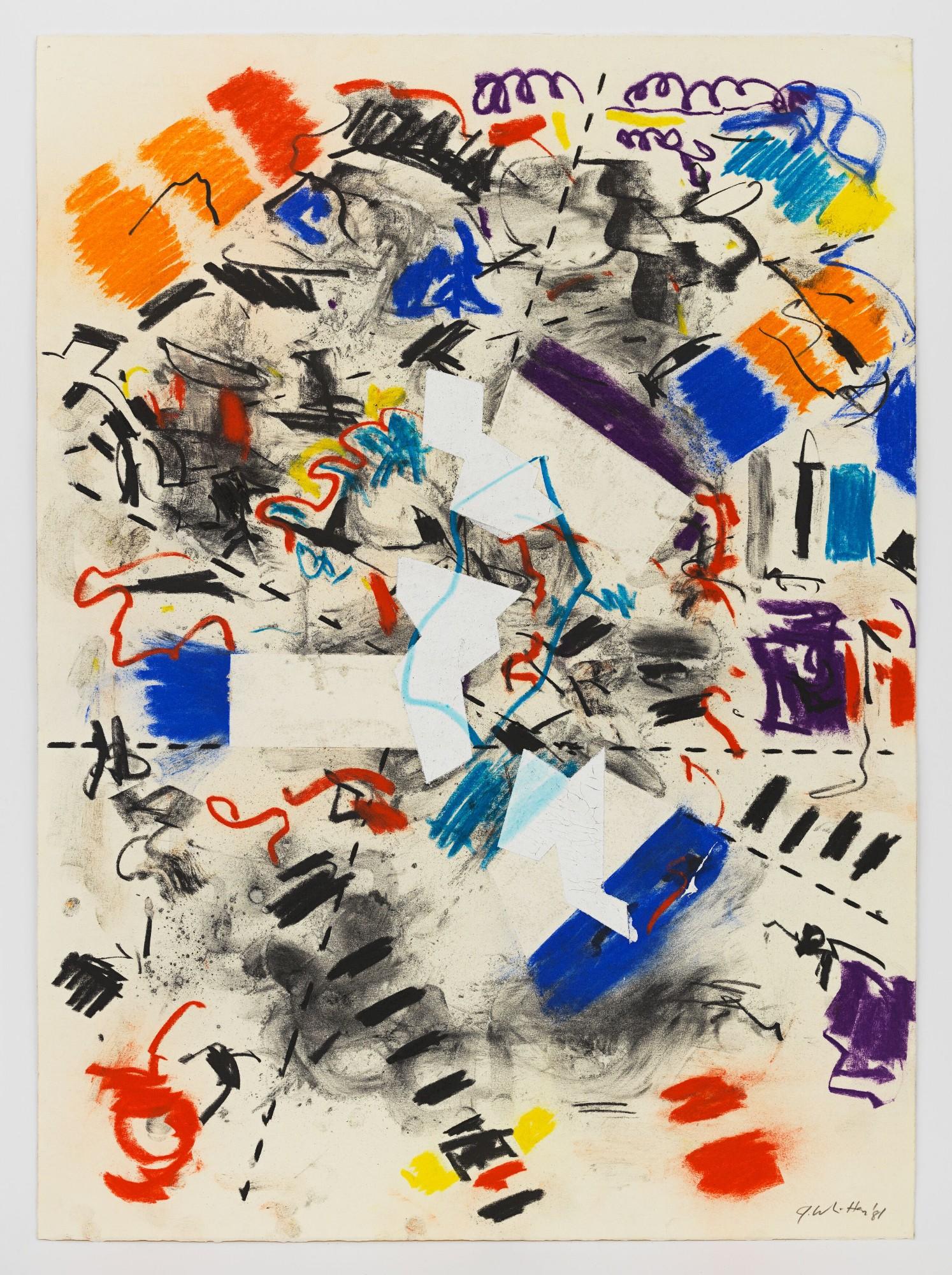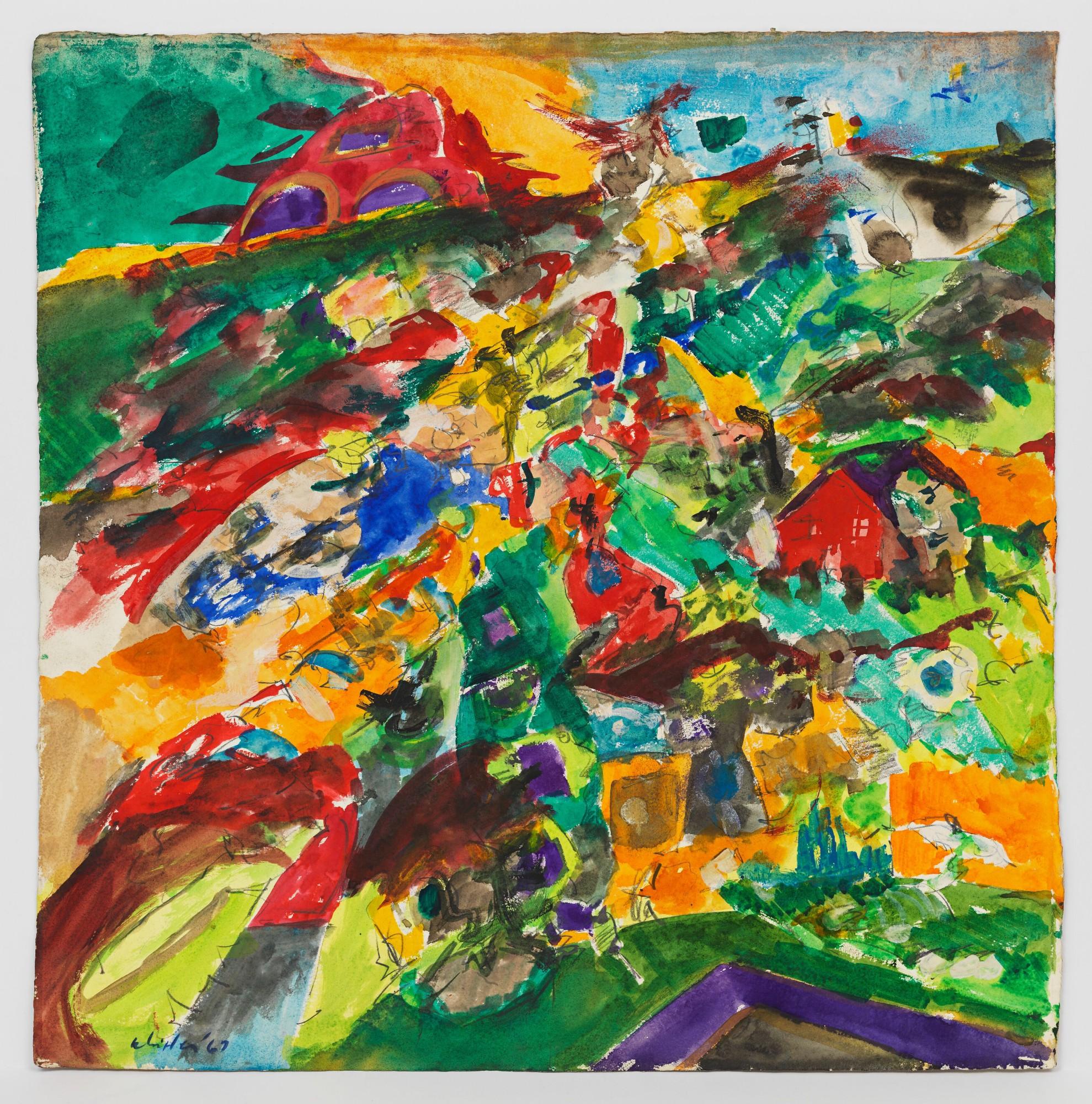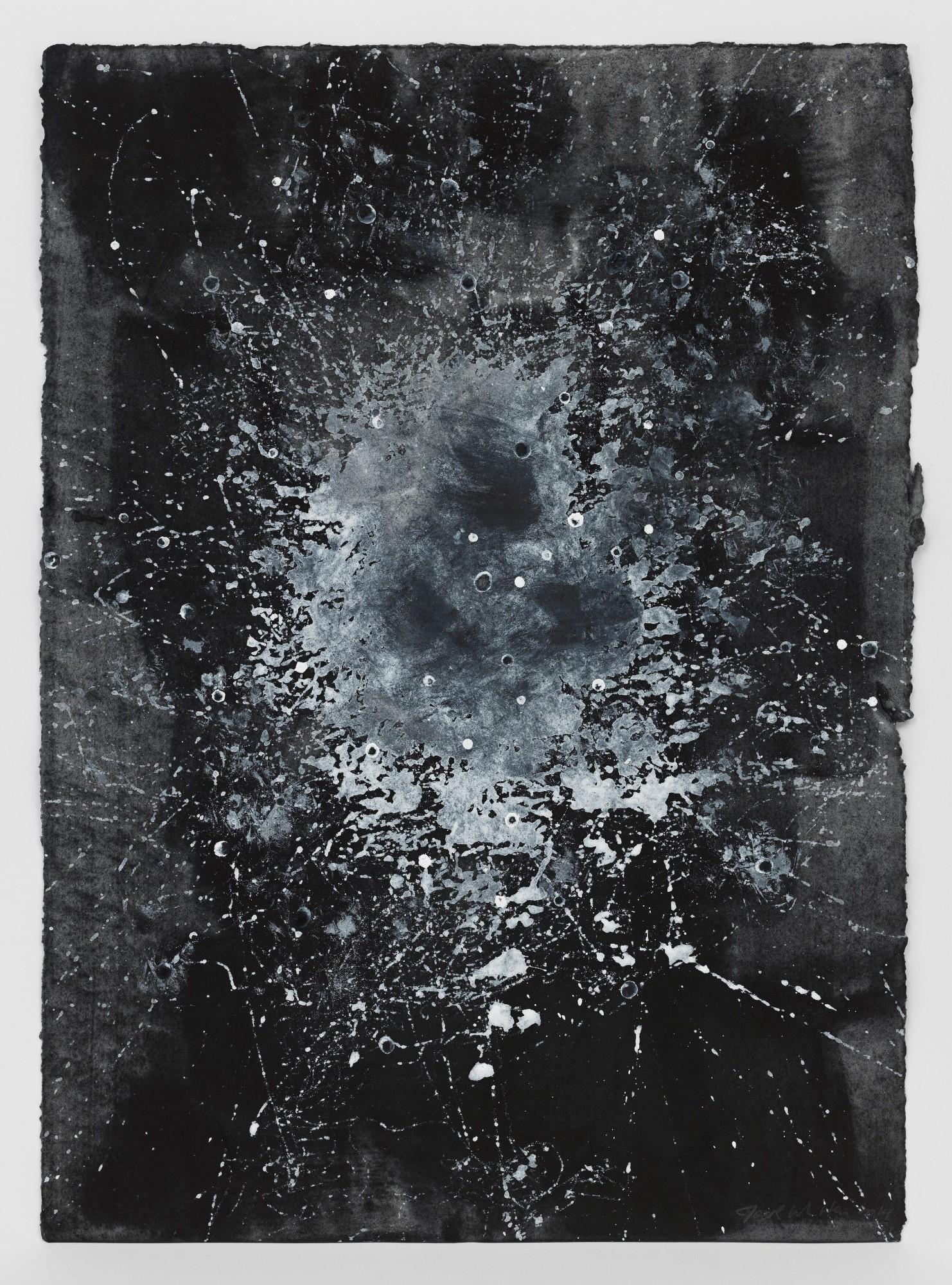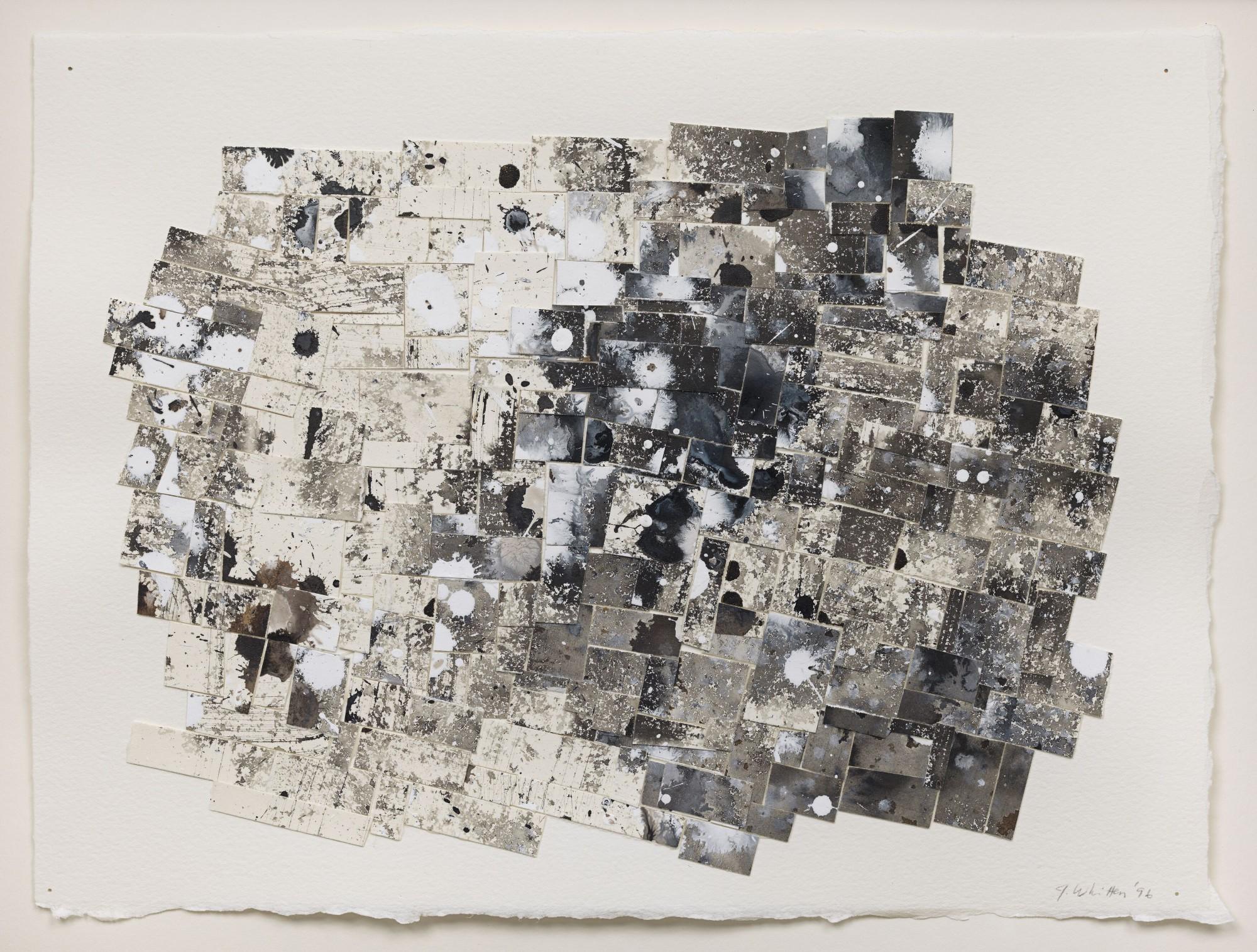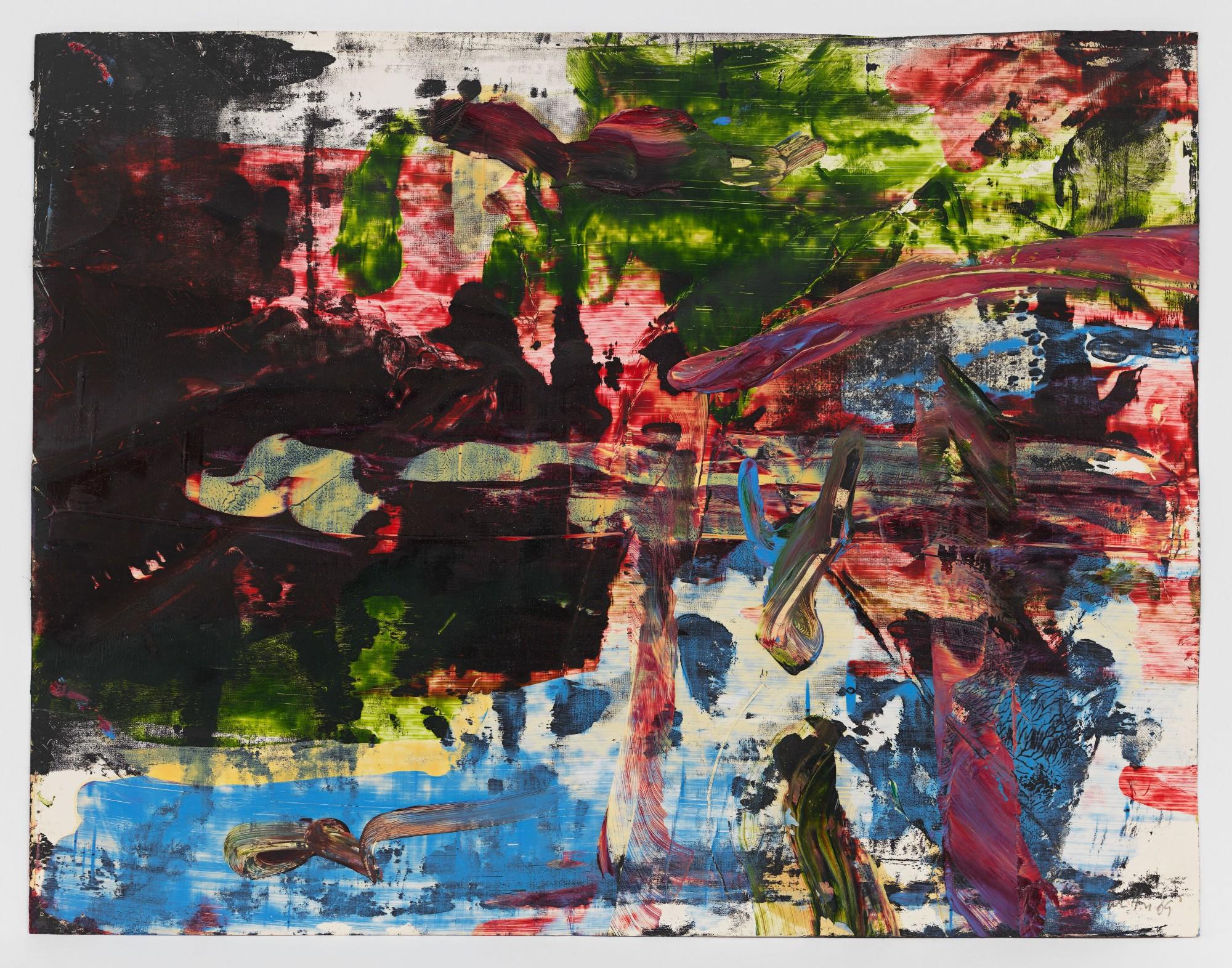Born in Bessemer, Alabama, Whitten was a pioneer of abstract painting in the United States and embraced references as diverse as cartography, mosaics, collage, acrylic mold-making, and gestural abstraction. His inspirations were comparably varied and included the politics of race, quantum mechanics, ancient Mediterranean cultures, music, sports, and the search for identity.
In recent years, Whitten has achieved widespread recognition. The artist is now considered a giant within American painting, and the creator of a subtle language that bridges gestural abstraction, process art, mechanical automation, and personal expression.
Whitten is perhaps best known for the large abstractions he began producing in the '70s using a tool of his own creation, which he referred to as "the Developer." He dragged the tool across canvas to produce his signature "Slab" or "planes of light" works, in a process possibly inspired by John Coltrane’s “sheets of sound." Whitten had the analytical mind of a scientist and the improvisational skills of a free jazz musician; the exhibition references the artist's love for the genre with "A Gift to Ornette," Whitten's tribute to the noted pioneer of free jazz.




